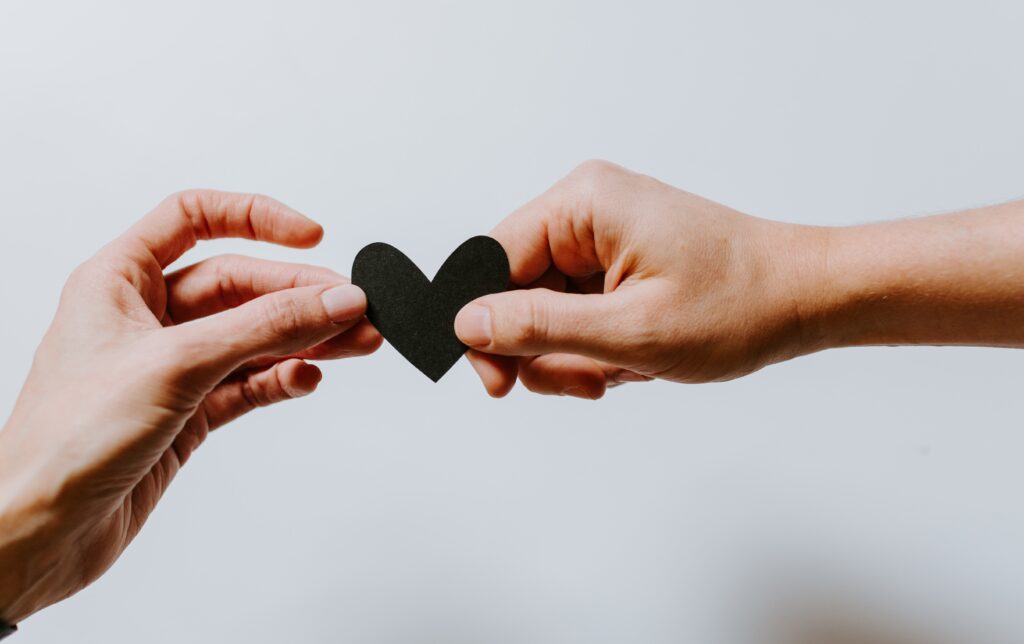How It Can Heal and Free Us?
Hope is the ability to conserve energy, to hold a supporting frequency that amplifies all the layers where one’s attention exists together. People are used to living in fluctuations between good and bad. Each of these fluctuations requires the emotional system to recalibrate itself into a place that allows a person to identify with a certain emotion. As long as self-calibration causes personal development to change, it becomes slower and more cumbersome.
One of the most basic resources for developmental stability is to create stability in the emotional layer in front of the thinking layer. Many times a person tries to create hope by trying to convince the layer of thought, which changes much more slowly than the layer of emotion, alongside an attempt to stop the rapid change of the layer of emotion, which the person fails to follow.
Hope is the ability to conserve energy, that is, to hold the gap between the slow and logic-based change of the brain, and the fast change and sensitive to triggers from the environment of the emotional system.
Many times hope can be a cure for situations that require particularly deep healing, whether in the mental or physical aspect. It is important to use hope in a developing way and not in a comforting way. The goal of development is to reduce the gap between what is and what is desired in your life. The purpose of comfort is to make you feel that you feel a lack in that moment. Filling this lack is a temporary situation that does not reflect the objective state of your personal development.
Why hope? Hope is not an emotion, it is an ability that can be maintained through training, just like a developmental muscle. A person who knows how to keep his hope balanced can easily adapt to changes, feel more confident in realizing his abilities, and move from an inner dialogue based on comfort (the motive for which is lack) to an inner dialogue based on personal development derived from the desire to go through life’s lessons.
Step 1 – Resilience
Serenity is an energetic state that is not at all easy to contain. A kind of quantum leap over the laws of nature that requires a person to be in two places at the same time. On the one hand, to relate to his emotions which can be turbulent in a stable way, on the other hand, to observe them outside himself in a way that does not reflect them at all to preserve their independent existence.
To reach peace and use it as a tool for happiness it is important to use resilience.
To maintain energetic stability, independent of the material layer.
Step 2- Understanding the development that is in peace
People are used to developing in energetic waves, once “up” and then “down”. It is easy to think that predicting the pace of personal development can result in a state of empowerment of balance and peace in life. Maintaining inner peace requires effort, which is important not to be afraid of. Effort sometimes just like in the gym can develop muscles. We create stamina to accommodate non-dual development.
One of the tools that can help in understanding peaceful development is optimism.
An optimistic person is a person who believes in the good in difficult moments and not a person who uses his belief in the good to keep the good away from him. The good cannot be sublime when talking about optimism, since it is necessary to hold on to it for a long time. Long-Term Well-being is a state of connection between optimism and development, there is a belief in goodness even in difficult situations, but it is not a belief that makes goodness an impossible achievement.
People believe deeply and almost rooted in different levels of awareness. Hence the difficulty of creating hope at this stage. Different levels of awareness require inner strength in the face of a new energy that we have not necessarily given an idea of in the form of words and definitions.
Step 3- Transformational Healing, liberation Process
In the 3rd stage, we are supposed to assimilate the hope within us. A sustainable hope that will reflect the way we want to develop. The internal values should be reflected through the external actions without anything happening to stand in their way. We need to turn our beliefs into empowering beliefs to leave an opening for the inner values to be reflected in the outer world. Empowering beliefs are internal justifications that support the belief’s ability to contribute to our lives. It is important to use them since one of the biggest obstacles at this stage is people’s internal justification of their fears, disappointments, and incompetence. This justification creates a reality of unhealthy effort, as opposed to the healthy effort I discussed earlier regarding increasing the development of muscle.
In conclusion, developing hope is creating growth for the long term. We need to focus on long-term thinking about the future of our development. Time is a cognitive concept that does not exist. As we think about the distant future of our development, we can bring the sense of growth of the completion of the development process into the present moment, and create lasting hope in our lives.

